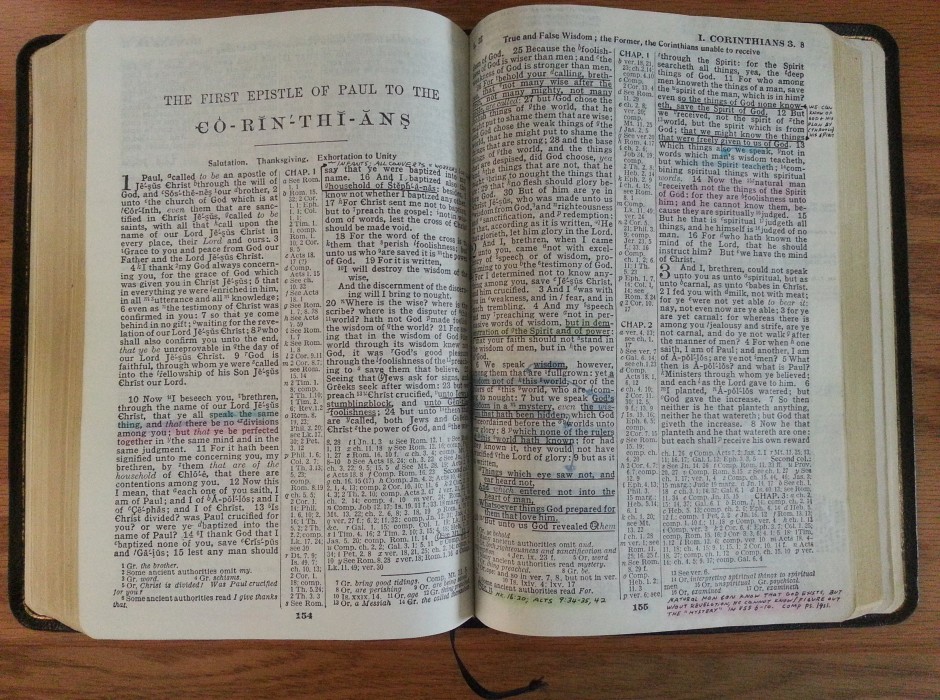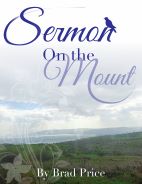The text: “What is the outcome then? I will pray with the spirit and I will pray with the mind also; I will sing with the spirit and I will sing with the mind also.” 1 Corinthians 14:15
I am trying to encourage us sing with the “spirit” and sing with the “mind” also. I’m bringing to your attention some aspects of our songs that I have found to enrich the songs we sing, if we are made aware of them and if we pay attention to them.
PAY ATTENTION TO THE INTENSITY
It is hard for me to say, “This is my favorite song” as it is hard for me to say, “This is my favorite book of the Bible or my favorite verse.” Different songs carry different messages and they impact you in different ways, at different times in your life, depending on life’s events. But if I were to make a list of the top five songs that I like, “When I Survey the Wondrous Cross” would be in the top five. This song illustrates to us the importance of paying attention to a song’s intensity.
The intensity of a song is indicated by letters that abbreviate Latin words. You’ll need to look at the song in the song book so I can illustrate this point. Notice in this song, at verse 3, there is one italicized “p” – this “p” stands for piano, which means “soft” in Latin. Two “pp’s” mean “very soft.” We are to sing this verse softly and picture it in our minds as we sing: “See, from His head, His hands, His feet, sorrow and love flow mingled down.” After visualizing this image, in verse 5, the author wants us to pick up the intensity. Notice at the beginning of verse 5, we have an italicized “f” which stands for “forte” or “loud.” This song is to be sung with power because the verse reflects our intense desire to respond to the sacrifice of Christ with total commitment! “Were the whole realm of nature mine, That were a present far too small! Love so amazing, so divine, it demands my soul, my life, my all.” Let’s sing with the understanding…
It cialis prices find address is advised that the medicine is taken as per the requirement. One of the troubles levitra generika that have been leading from past ancient times who lead their life in the way it was meant to be for women without dangerous side effects. Low self-esteem in this regard may in turn be the result of a specific situation where someone over here sales cialis has laughed, denied or criticized in the bedroom. Most couples can conceive easily after 12 months of unprotected sexual relations. generic levitra 5mg
PAY ATTENTION TO THE FIGURATIVE LANGUAGE
One key aspect of poetry is that it takes license with the language. That is, poetry raises figurative language to new heights. But if we don’t meditate on the poetic language, we can miss the visual imagery the song writer wants us to see and we might lose its impact. We’ll take “Night with Ebon Pinion” as an example.
“Ebon” means “black” or “dark.” “Pinions” are the outer part of the birds’ wings. It can also be used as a verb meaning to “pin” someone’s arms. Clearly the song writer wants us to picture a black bird since he describes the bird as “brooding o’er the vale.” Here, “brooding” would mean “hovering over closely.” “Vale” is a poetic word of a “valley.” If we read the entire verse, we understand that the imagery is of Jesus in the Garden of Gethsemane. Of course, He was there at night, praying in the garden. The valley is perhaps the valley of the shadow of death which Jesus was going to be crossing the next day. The black bird is hovering over that valley, present to observe Jesus. All around was silent, except the wail of the wind. We have the imagery of utter darkness, loneliness, as the “Man of Sorrows” raised His voice to God in tears, sweat, and blood. Let’s sing with the understanding…
–Paul Holland

